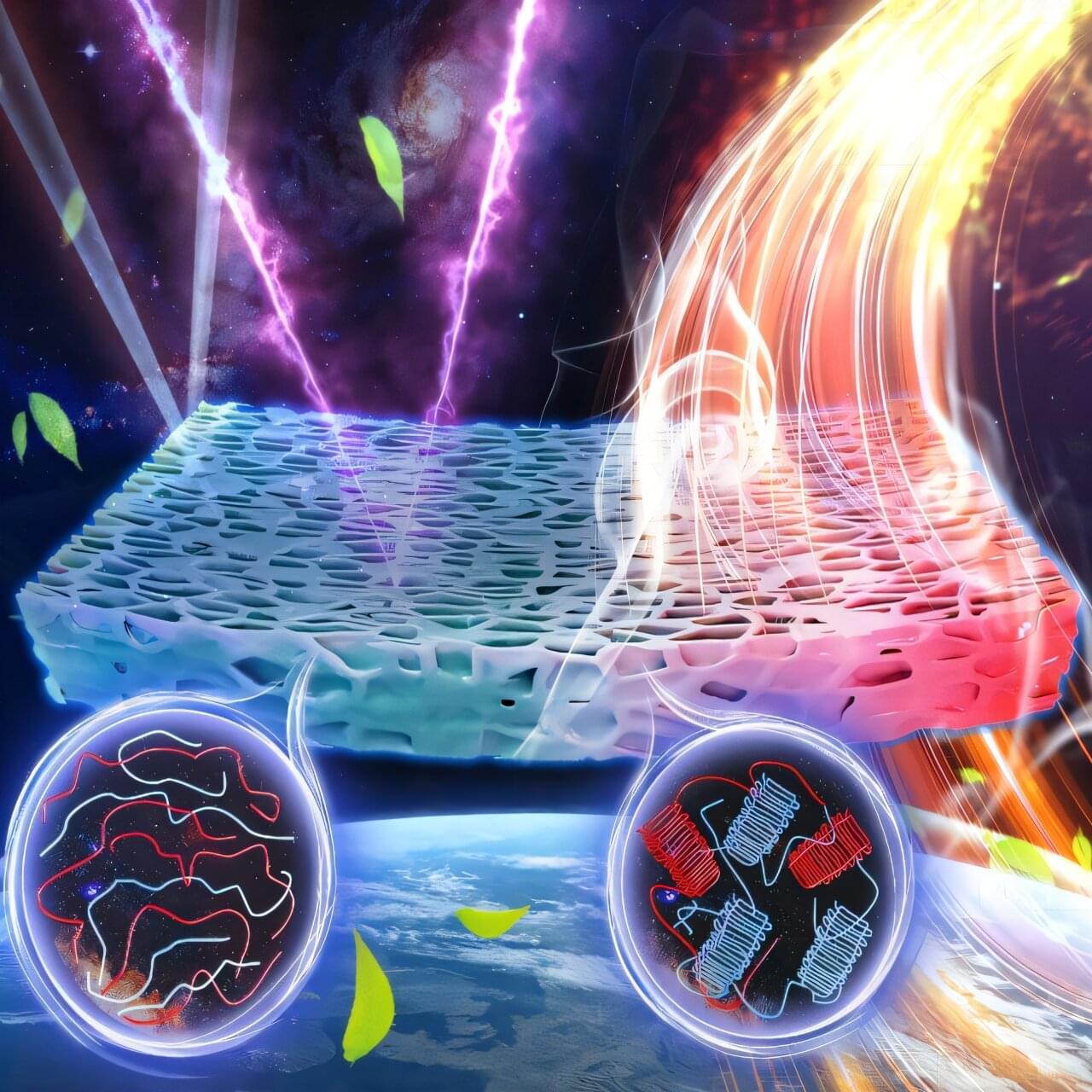A science fiction story brought to life through a pro-GMO dinner.
Get the latest international news and world events from around the world.



Google rolls out new Gemini model that can run on robots locally
Google DeepMind on Tuesday released a new language model called Gemini Robotics On-Device that can run tasks locally on robots without requiring an internet connection.
Building on the company’s previous Gemini Robotics model that was released in March, Gemini Robotics On-Device can control a robot’s movements. Developers can control and fine-tune the model to suit various needs using natural language prompts.
In benchmarks, Google claims the model performs at a level close to the cloud-based Gemini Robotics model. The company says it outperforms other on-device models in general benchmarks, though it didn’t name those models.
Human Cyborgs Are No Longer Science Fiction! (Insane Breakthroughs)
Are human cyborgs the future? You won’t believe how close we are to merging humans with machines! This video uncovers groundbreaking advancements in cyborg technology, from bionic limbs and brain-computer interfaces to biological robots like anthrobots and exoskeletons. Discover how these innovations are reshaping healthcare, military, and even space exploration.
Learn about real-world examples, like Neil Harbisson, the colorblind cyborg artist, and the latest developments in brain-on-a-chip technology, combining human cells with artificial intelligence. Explore how cyborg soldiers could revolutionize the battlefield and how genetic engineering might complement robotic enhancements.
The future of human augmentation is here. Could we be on the verge of transforming humanity itself? Dive in to find out how science fiction is quickly becoming reality.
How do human cyborgs work? What are the latest AI breakthroughs in cyborg technology? How are cyborgs being used today? Could humans evolve into hybrid beings? This video answers all your questions. Don’t miss it!
#ai.
#cyborg.
#ainews.
====================================
Super Intelligence Speculation — Computerphile
Looking to the future, just how intelligent might the current crop of Large Language Models get? Daniel Kokotajlo joins us to discuss Ai2027.
Find out more about the AI2027 paper here: http://bit.ly/4k4dIOA
Computerphile is supported by Jane Street. Learn more about them (and exciting career opportunities) at: https://jane-st.co/computerphile.
This video was filmed and edited by Sean Riley.
Computerphile is a sister project to Brady Haran’s Numberphile. More at https://www.bradyharanblog.com


Quantum breakthrough: ‘Magic states’ now easier, faster, and way less noisy
Quantum computing just got a significant boost thanks to researchers at the University of Osaka, who developed a much more efficient way to create “magic states”—a key component for fault-tolerant quantum computers. By pioneering a low-level, or “level-zero,” distillation method, they dramatically reduced the number of qubits and computational resources needed, overcoming one of the biggest obstacles: quantum noise. This innovation could accelerate the arrival of powerful quantum machines capable of revolutionizing industries from finance to biotech.

“Like Nothing Ever Seen Before”: Astronomers Discover a Colossal Milky Way Cloud Containing the Mass of 160,000 Suns
IN A NUTSHELL 🌌 Astronomers discovered a colossal molecular cloud named M4.7–0.8 in the Milky Way, weighing as much as 160,000 suns. 🔭 The Green Bank Telescope was instrumental in identifying this cloud located 23,000 light-years away, revealing its pivotal role in material transport. ⭐ Giant Molecular Clouds (GMCs) like M4.7–0.8 are critical for understanding

Sustainable cooling film could slash building energy use by 20% amid rising global temperatures
An international team of scientists has developed a biodegradable material that could slash global energy consumption without using any electricity, according to a new study published today.
The bioplastic metafilm—that can be applied to buildings, equipment and other surfaces—passively cools temperatures by as much as 9.2°C during peak sunlight and reflects almost 99% of the sun’s rays.
Developed by researchers from Zhengzhou University in China and the University of South Australia (UniSA), the new film is a sustainable and long-lasting material that could reduce building energy consumption by up to 20% a year in some of the world’s hottest cities.